AO Edited
Paisley Witches Memorial
The strange behavior of a tween led to allegations of witchcraft and a curse being placed on anybody within earshot.
In the middle of a busy intersection in Paisley sits a largely unremarkable circle of cobblestones surrounding a steel horseshoe centered within a modest circular bronze plaque. A person almost certainly wouldn’t notice it if they didn’t know it was there, but this unassuming memorial marks the final resting place of seven people convicted and put to death on charges of witchcraft. It all started with a sneaky sip of milk.
In August on 1696, eleven-year-old Christian Shaw — the daughter of the Laird of Bargarran, a local landowner — caught her servant Catherine Campbell stealing a drink of milk and reported the incident to her mother. The servant, Catherine Campbell, apparently didn’t appreciate being tattled on and responded by wishing that the Devil would “haul [Shaw’s] soul through Hell.” A few days later, Shaw started suffering from mysterious and violent fits, including seizures, convulsions, and unresponsive trances. All, incidentally, quite similar to symptoms reported by the accusers in the Salem witch trials of 1693.
The girl’s parents took her to an eminent Glasgow physician, who could find no explanation for the symptoms she was exhibiting. Her strange condition persisted for months and grew worse over time; Shaw struggled and pleaded with invisible tormentors and started pulling odd objects out of her mouth — such as balls of hair, straw, coal, gravel, chicken feathers, and cinders — which she claimed had been put there by those afflicting her. Modern hindsight suggests that she was exhibiting signs of Munchausen syndrome or conversion disorder. However, Shaw’s contemporaries were inclined to believe her claims that she was a victim of witchcraft.
Initially, Shaw’s accusation were leveled only at Catherine Campbell and Agnes Naismith, an old local woman already reputed to be a witch. Over time, however, the recriminations ballooned, and she eventually had implicated 35 people in being involved with the sorcery that afflicted her.
Ultimately, seven people — Catherine Campbell, Agnes Naismith, Margaret Lang, Margaret Fulton, John Reid, John Lindsay, and James Lindsay (the last two of whom were 11 and 14 years old, respectively) — were formally tried for practicing witchcraft. They were all found guilty and sentenced to death. John Reid hung himself in his jail cell before the sentence could be carried out; the other six were garrotted on Gallow Green. All seven bodies were then burned, and the ashes buried at Maxwellton Cross, where the intersection of Maxwellton Street and George Street now stands.
At her execution, Agnes Naismith laid a “dying woman’s curse” on all present and their descendants into perpetuity (honestly, who among us wouldn’t do the same). Since then, many local misfortunes and tragedies have been blamed on this curse, and the grave was marked with a horseshoe to keep the curse at bay. However, the horseshoe disappeared while roadwork was being done in the 1960s, and the economic decline in Paisley since 1970 has been blamed by some, tongue-in-cheek or otherwise, on Naismith’s curse. In that spirit, the horseshoe was replaced in 2008 with the dedication of a new memorial on the spot, which reads “Pain Inflicted, Suffering Endured, Injustice Done.”
Christian Shaw, for her part, went on to become a successful businesswoman, copying spinning techniques, and possibly stealing parts of machinery, from the Dutch. She set up a thread factory in Paisley that would become a benchmark of quality in the industry and lead to Paisley becoming a worldwide leader in thread production. She seems to have gotten over being bewitched.
Gallow Green where the executions took place, is located nearby, at the intersection of Queen Street and Broomlands Street. There is a small patch of grass, some trees, and a stone well. The well indicates the site of the dastardly deed.
Thankfully this would be the last mass witch execution in western Europe
Know Before You Go
The memorial is a brass plaque on the road at a busy intersection of Maxwellton St & George St. It is a death trap trying to get access to the memorial.
Trains leave at regular intervals from Glasgow Central train station to Gilmour Street. Turning to the right it is less than a 30-minute walk. Under 10 minutes if you bicycle along the marked Paisley Cycle Link route. Best viewed from a distance.




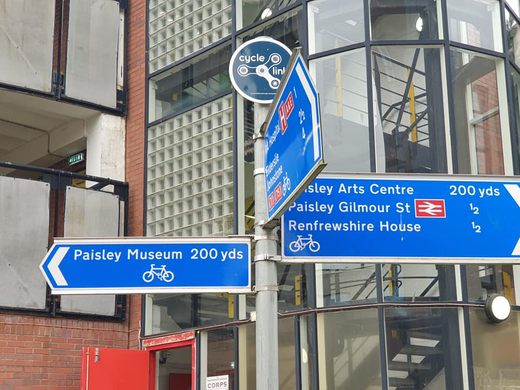
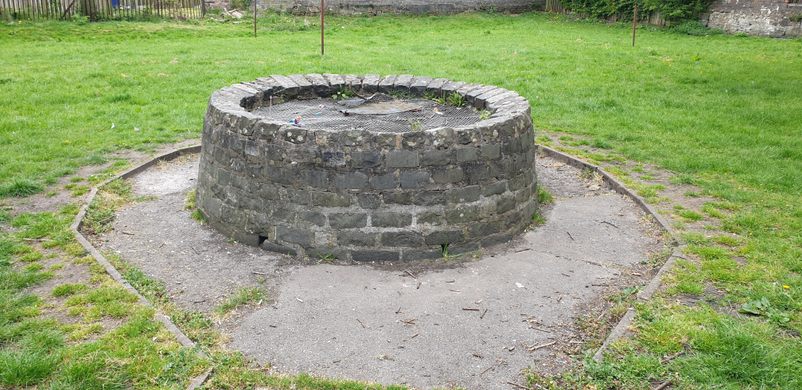
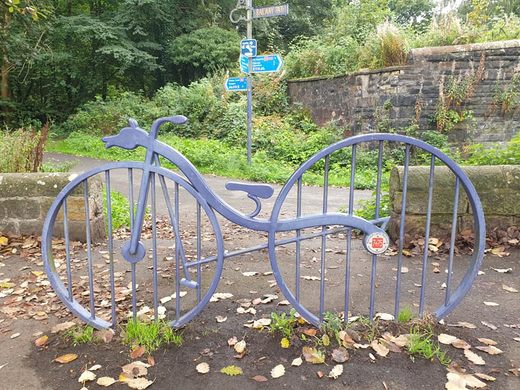
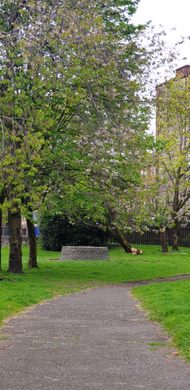
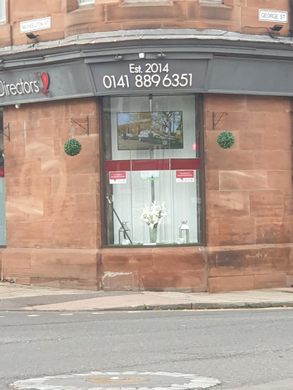















Follow us on Twitter to get the latest on the world's hidden wonders.
Like us on Facebook to get the latest on the world's hidden wonders.
Follow us on Twitter Like us on Facebook